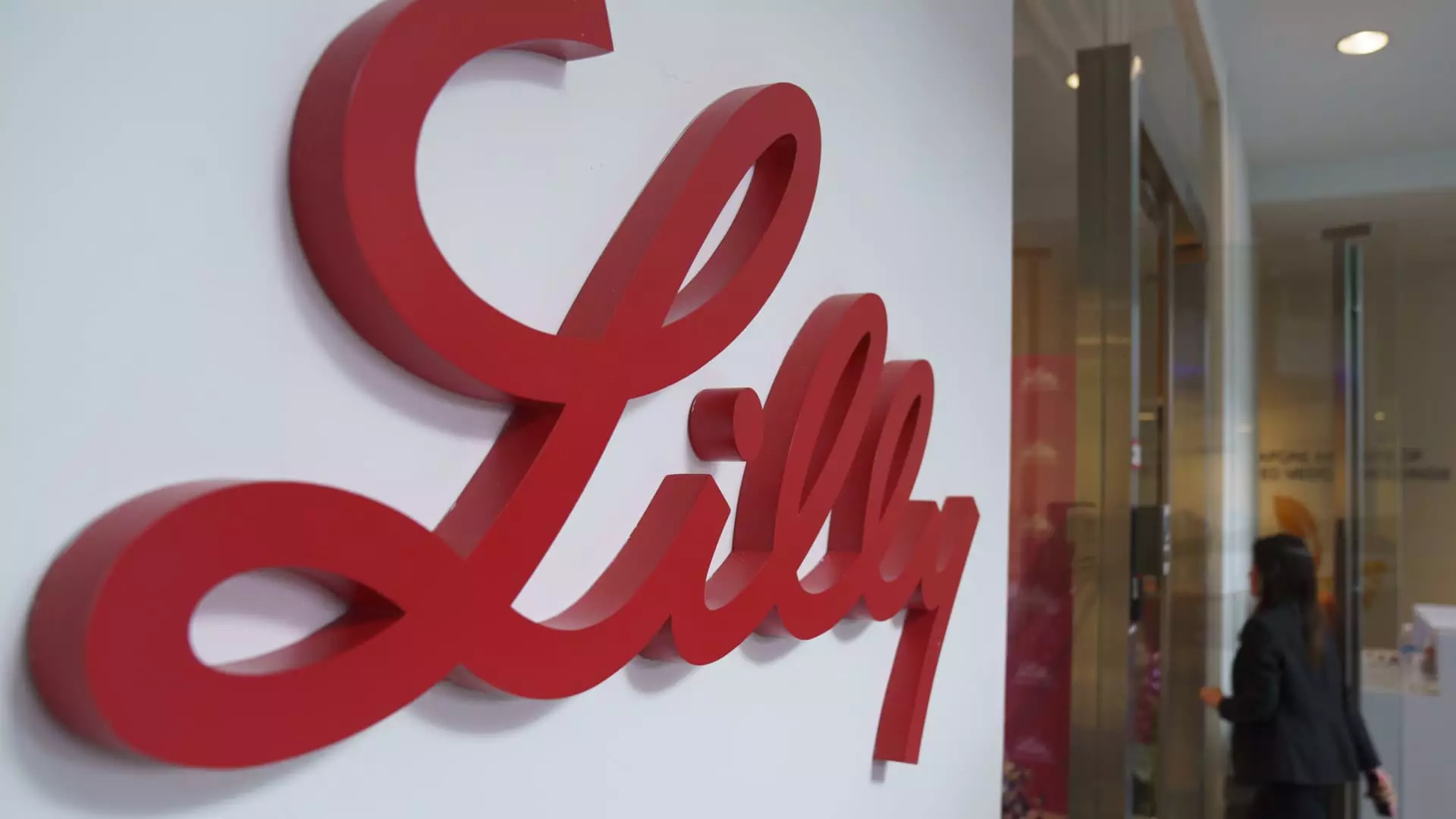Eli Lilly, a key player in the pharmaceutical industry, recently updated its revenue forecast for 2024, anticipating a total of approximately $45 billion. This figure marks a decrease from its previous estimate of $45.4 billion to $46 billion, outlined just three months prior. The downward adjustment is not merely a numerical blip; it signifies a broader struggle to meet burgeoning demand for its diabetes and weight-loss medications, especially the incretin-based drugs Mounjaro and Zepbound. Although this projected revenue represents a significant 32% increase compared to the previous year, it reflects the complexities of navigating a highly competitive market.
Eli Lilly’s decision to recalibrate its revenue expectations comes in the wake of its fierce competition with Novo Nordisk and other emerging companies targeting the burgeoning diabetes and obesity treatment sector. The recent decline in stock price, dropping over 7% in midday trading at the announcement of the update, underscores investor concerns surrounding the company’s growth trajectory and the potential saturation of the market. Eli Lilly is tirelessly working to expand its manufacturing abilities, which is critical given the FDA’s recent acknowledgment of a shortage of tirzepatide, the active ingredient in both Mounjaro and Zepbound. The company’s aggressive expansion plans include the promise of a “ton of supply” becoming available throughout the fiscal year.
In a forward-looking statement, CEO Dave Ricks noted that Eli Lilly plans to ramp up production, with expectations of at least a 60% increase in the number of sellable doses of its incretin medications in the first half of 2024 compared to the previous year. This ambitious plan aims to meet the increasing patient demand, given that Mounjaro is projected to contribute around $3.5 billion to the fourth-quarter revenue and Zepbound another $1.9 billion. However, while the market for incretin drugs grew by 45% in the last year, Eli Lilly had originally anticipated even stronger growth, which is a worrying discrepancy that could have implications for future earnings.
Despite the current setbacks, Eli Lilly continues to innovate, with plans to introduce an oral obesity medication that would simplify the treatment process for patients. This strategic move is anticipated to offer a competitive edge, especially if the product secures approval early next year. Additionally, the company is projecting revenues of $58 billion to $61 billion for fiscal year 2025, indicating a long-term confidence in its product pipeline and market position.
Eli Lilly’s latest revenue guidance may present a cautious outlook amid increasing competition and evolving market dynamics. However, with strategic investments in manufacturing and innovative products in the pipeline, the company remains positioned to adapt and thrive. While recent adjustments may shake investor confidence temporarily, the upcoming growth opportunities and enhanced supply capabilities could very well pave the way for a successful recovery in the coming years. The pharmaceutical industry’s unpredictable nature positions Eli Lilly at a crossroads, highlighting the necessity for agility and foresight in navigating this rapidly changing environment.

